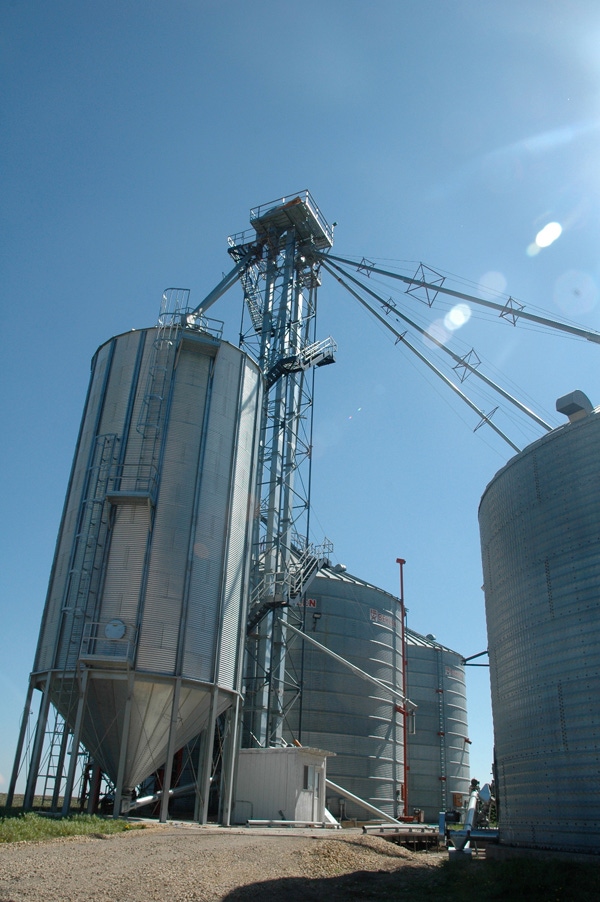September 13, 2013

When corn reaches maturity late in the season, field drydown is slower due to cooler air temperatures. DuPont Pioneer experts provide several tips for drying and storage of the wet, immature grain this season.
1. Use proper drying procedures. Properly drying this year's very wet, lower-quality corn will be essential to avoid further quality reductions. Screen lower-quality grain prior to drying, using a rotary screen, gravity screen or perforated auger housing section. This will prevent foreign material and broken kernel fragments (or "fines") from blocking airflow essential to uniform grain drying and storage.
Like what you're reading? Subscribe to CSD Extra and get the latest news right to your inbox!
2. Dry lower-quality grain lower than usual. Next, plan to dry lower-quality grain one or two points lower than the normal 14-15% often recommended for long-term storage. This is because of greater variations of moisture content within the grain mass and increased physical kernel damage and broken cobs, which could magnify mold problems.
3. Limit drying temperatures. High-temperature drying causes stress cracks in the kernel ,which allows more breakage during handling and storage. The amount of stress cracking depends on initial grain moisture, rate of moisture removal, maximum grain temperature reached in the dryer and rate of grain cooling. Therefore, drying temperatures need to be limited on corn of 25-30% moisture content (or higher).
4. Core, level bin to minimize storage problems. To minimize storage problems, begin by screen-cleaning grain before binning to remove as much of the fine material, cob pieces and broken kernels as possible. After filling, "core" the bin (remove up to 10% of the total bin capacity) to eliminate broken kernels and fines that accumulate in the center. Next, level the grain in the bin to minimize moisture accumulation at the top of the grain.
5. Cool grain. Finally, cool grain as soon as it's dry to within 10° of air temperature, and continue to aerate for 10-14 days to ensure the grain moisture "equilibrium" has been achieved.
For additional information related to management of wet, immature grain this fall, contact your local Pioneer sales professional or visit pioneer.com.
You might also like:
Resistant Palmer amaranth changes control programs
You May Also Like




